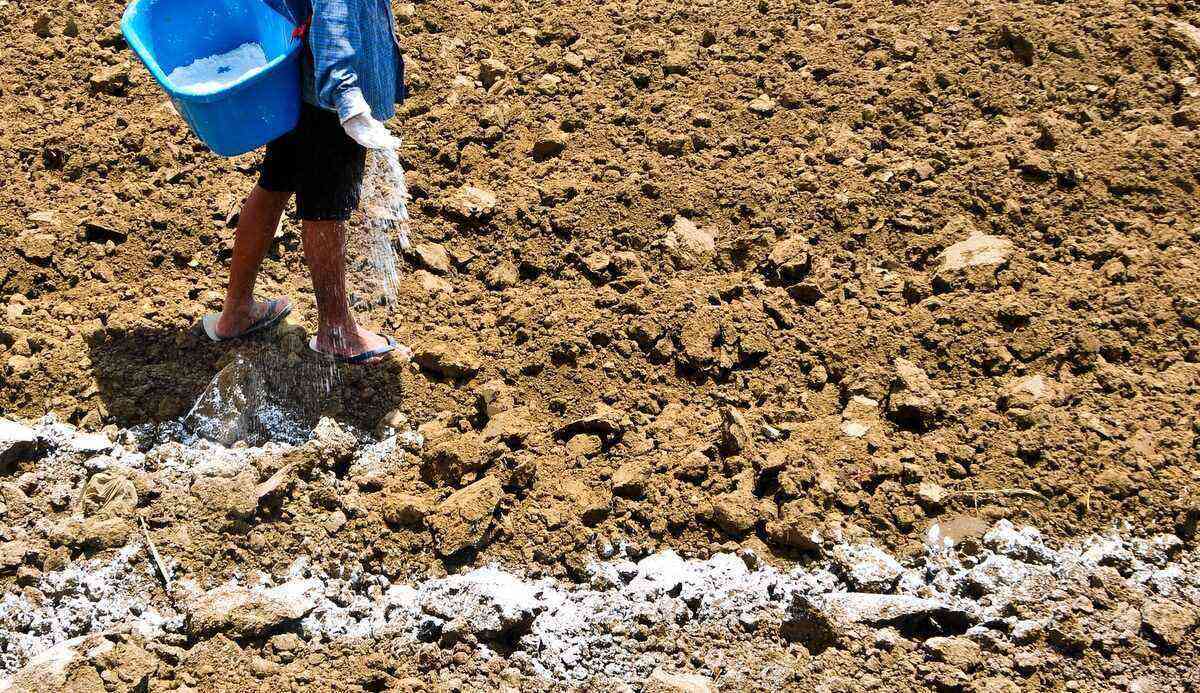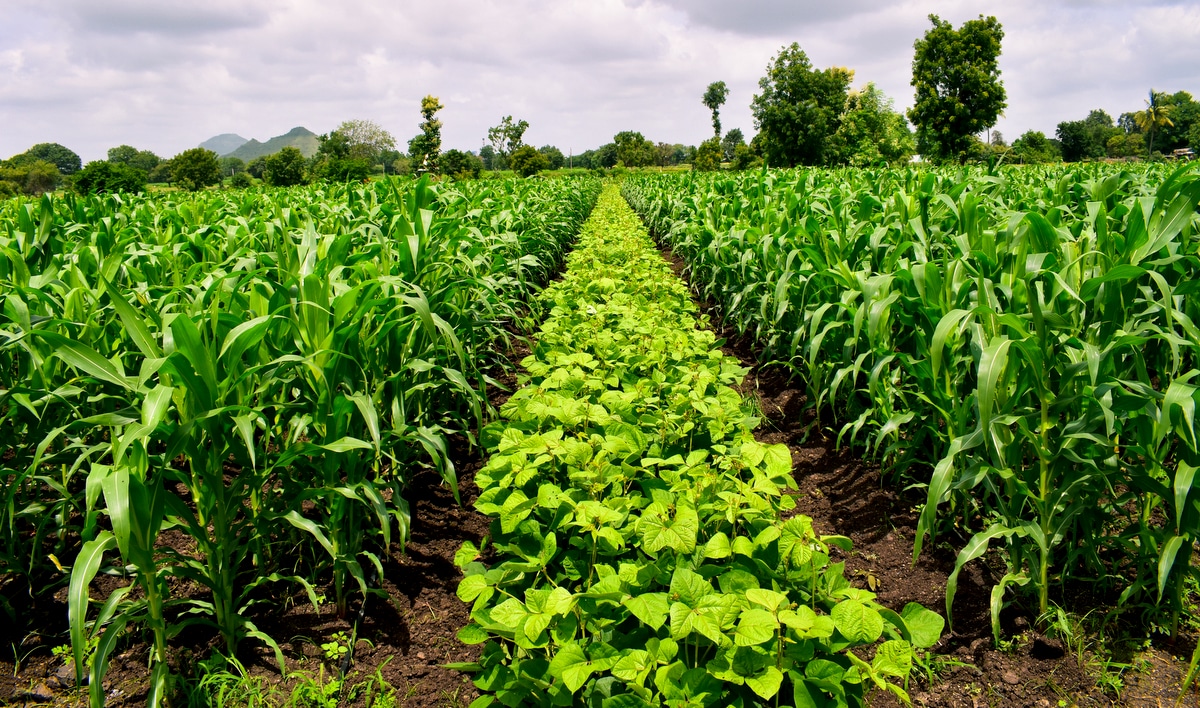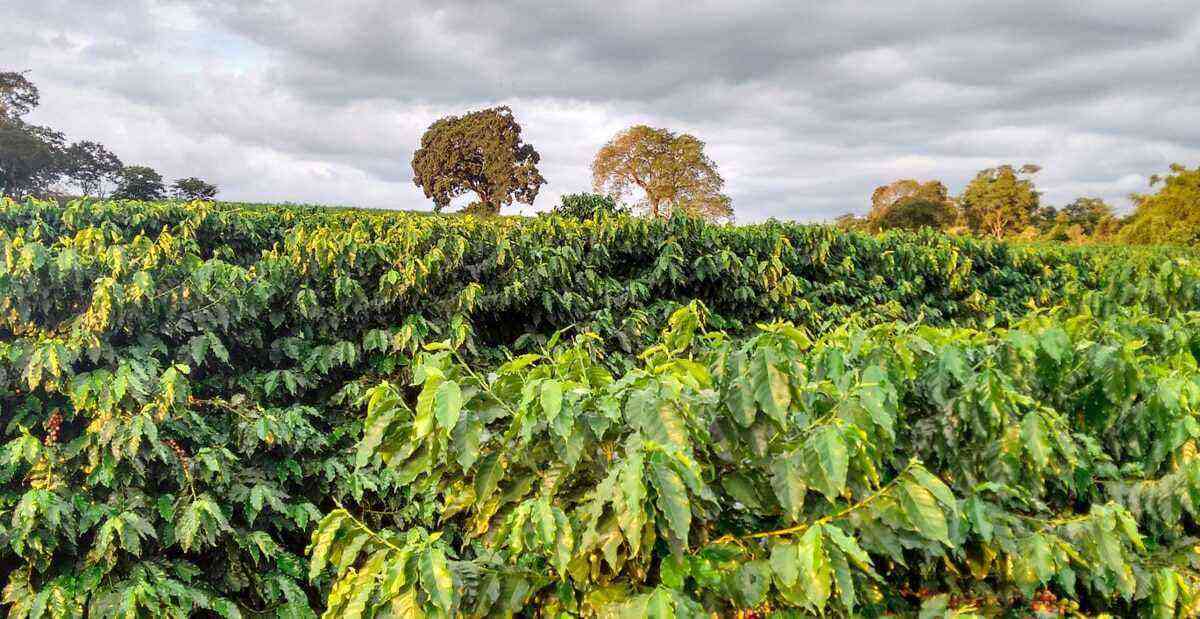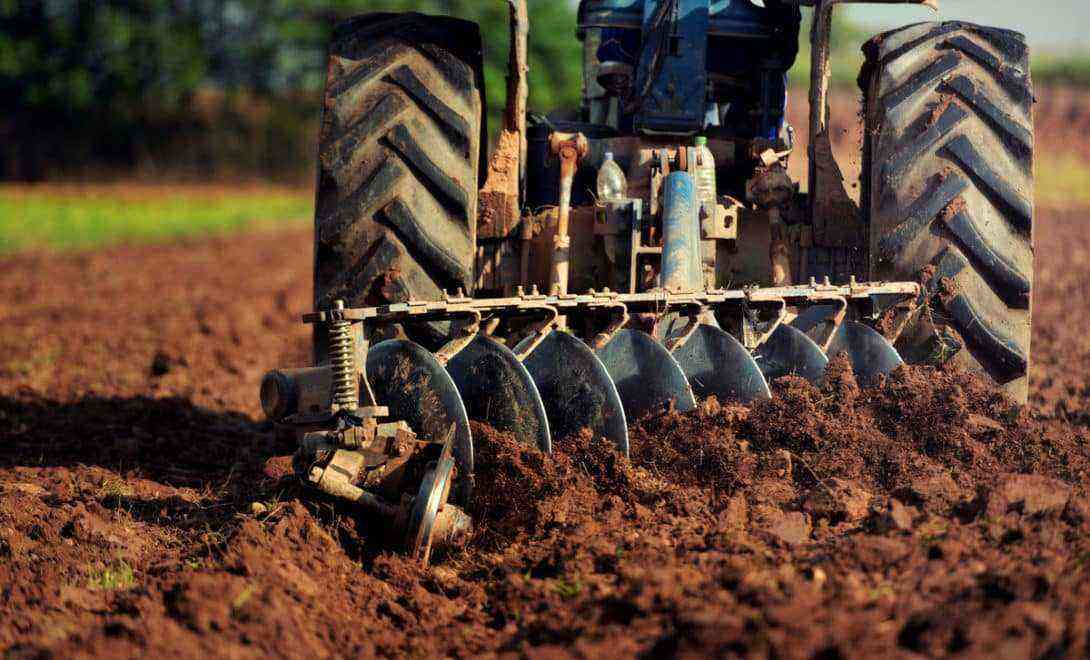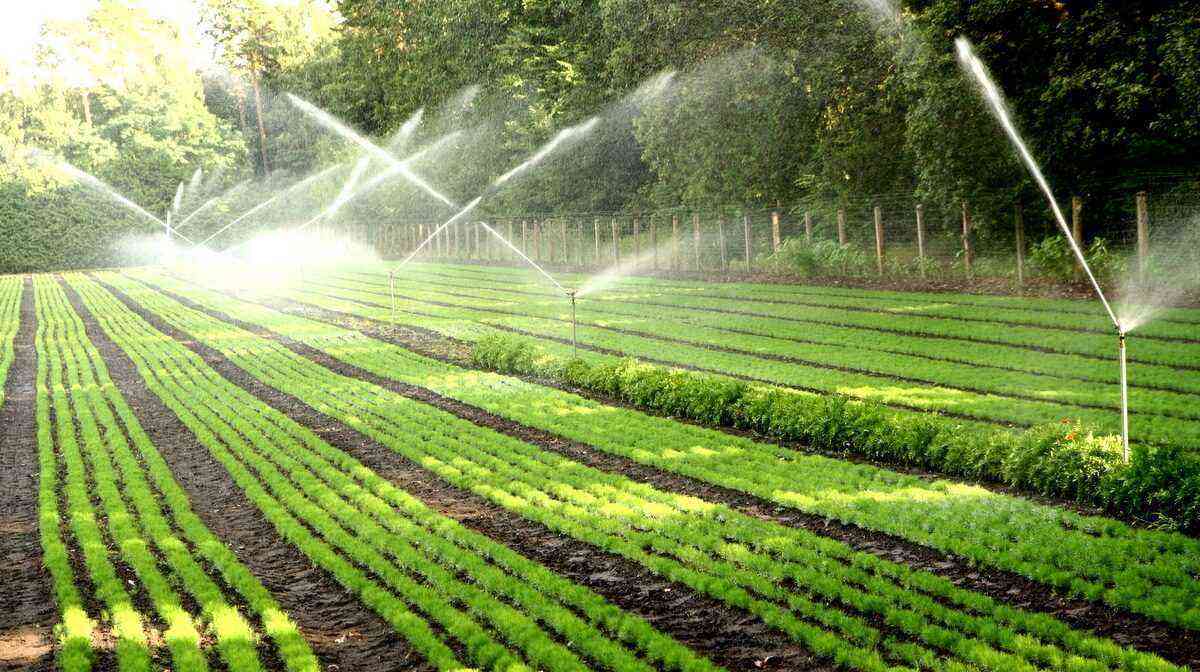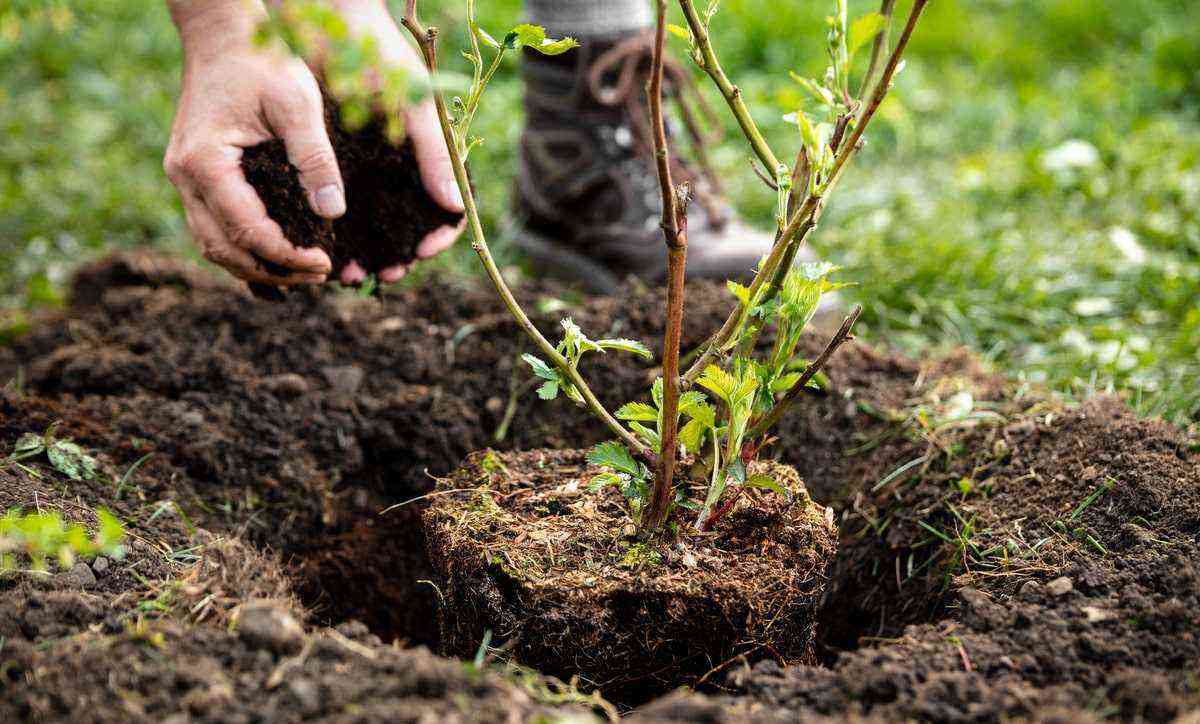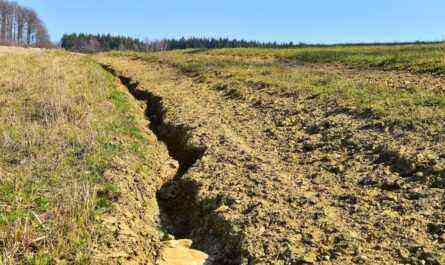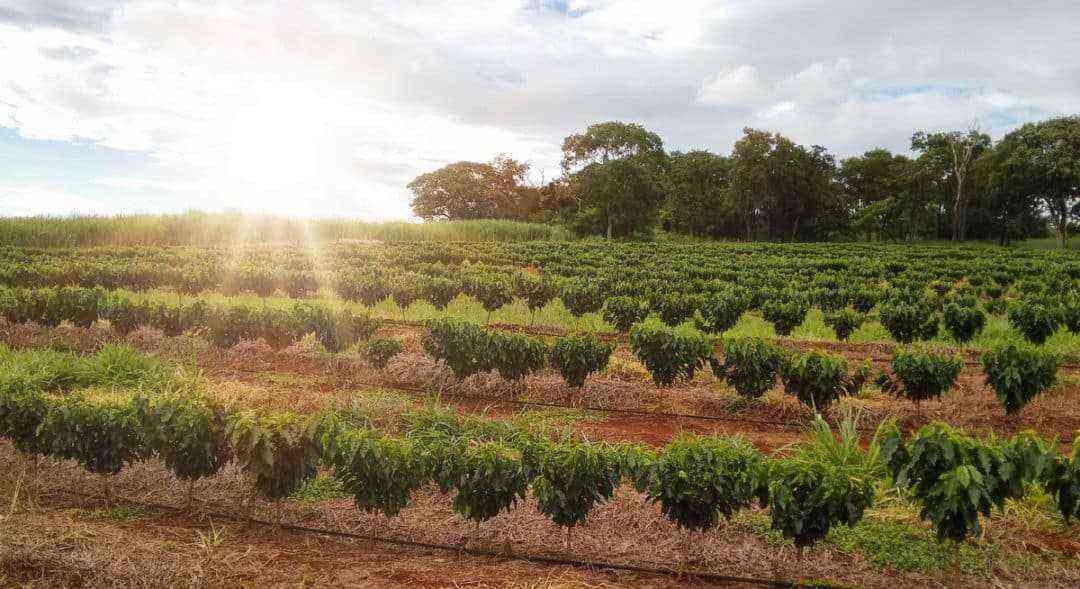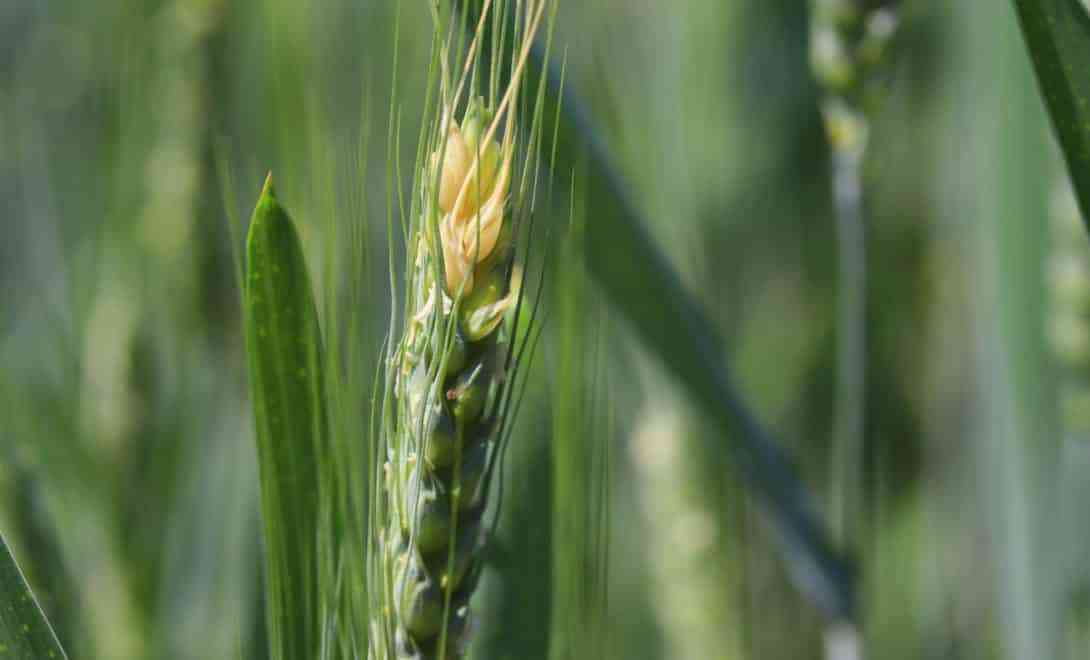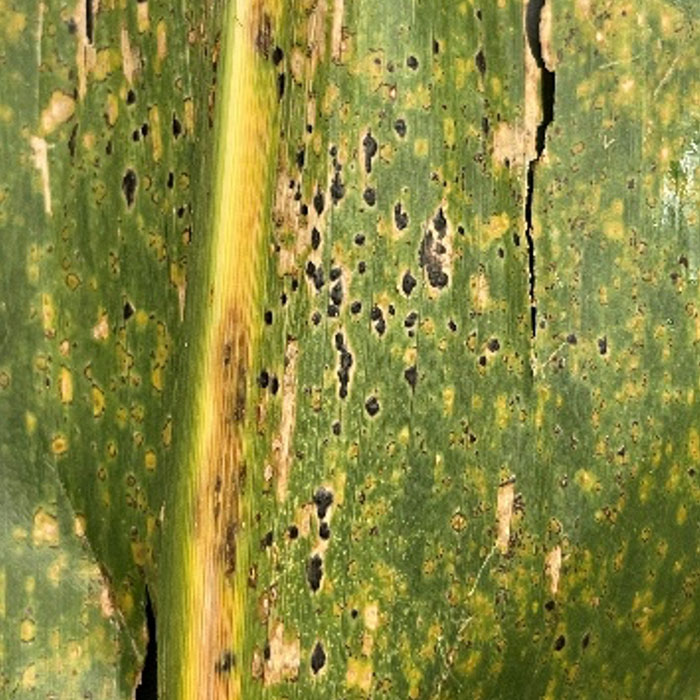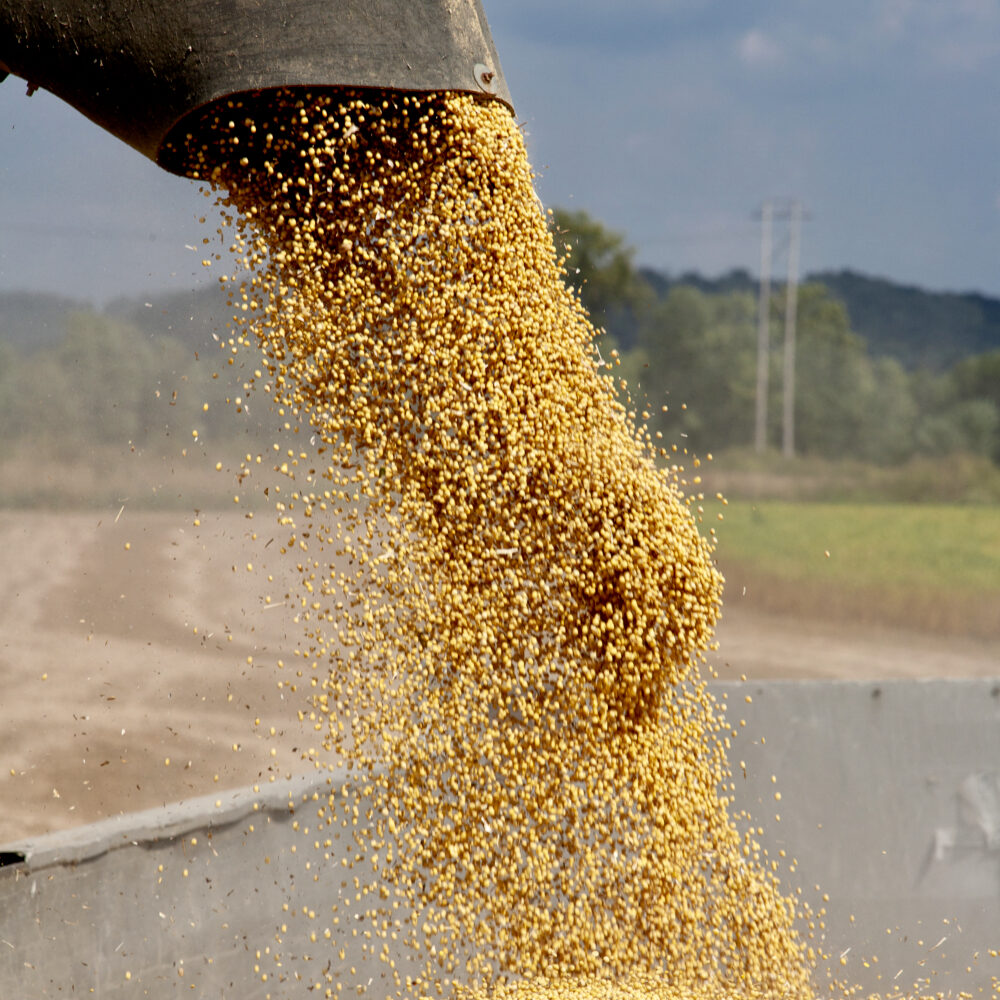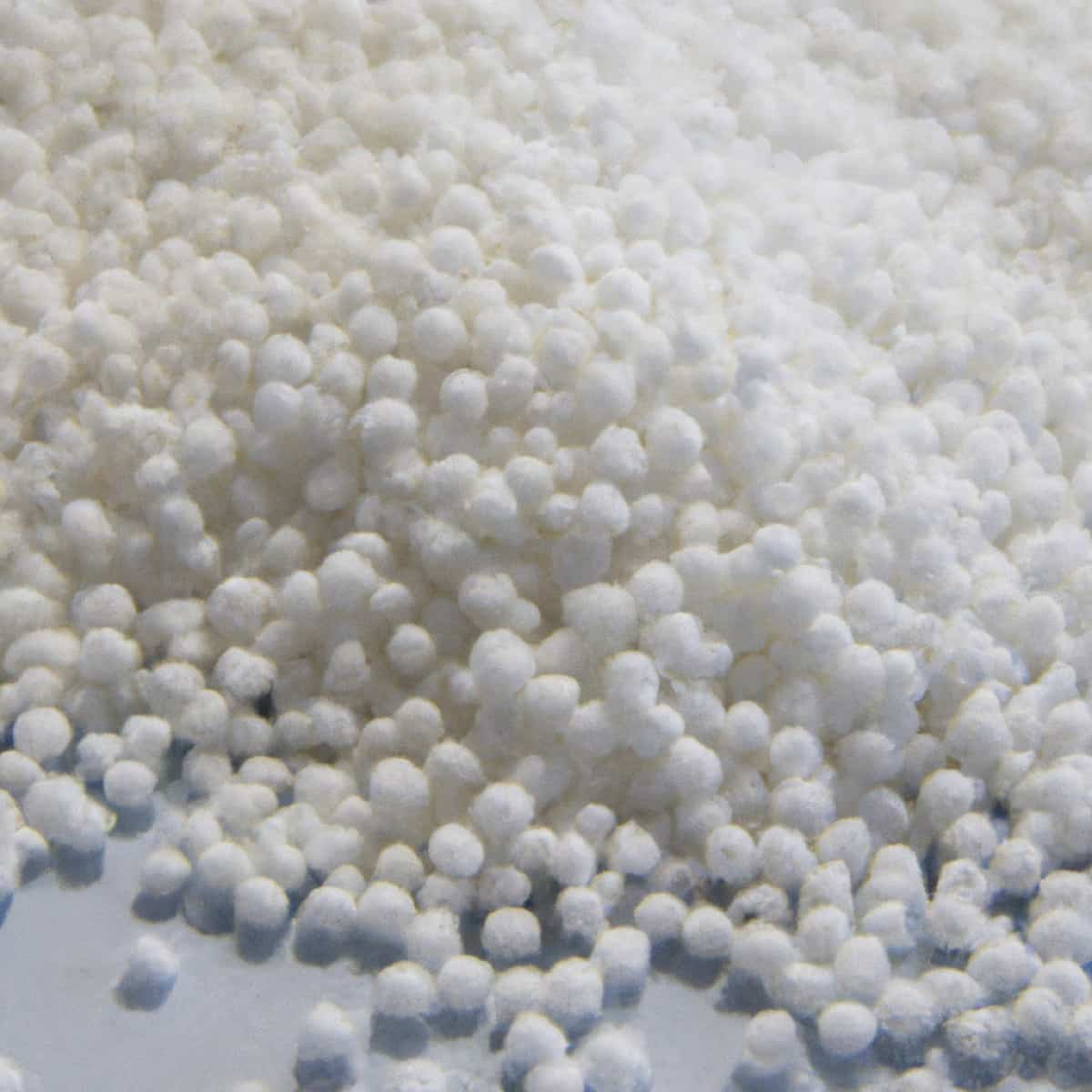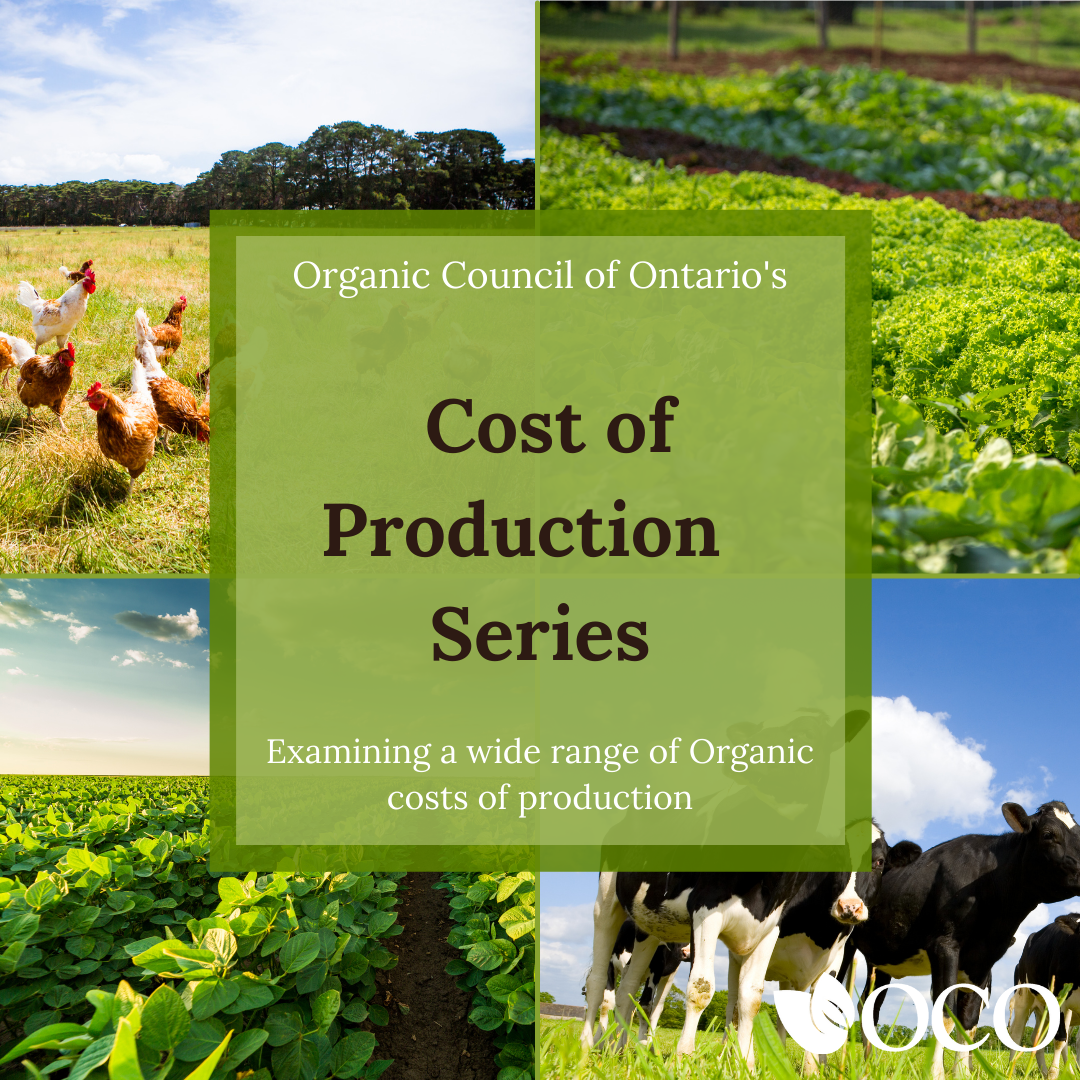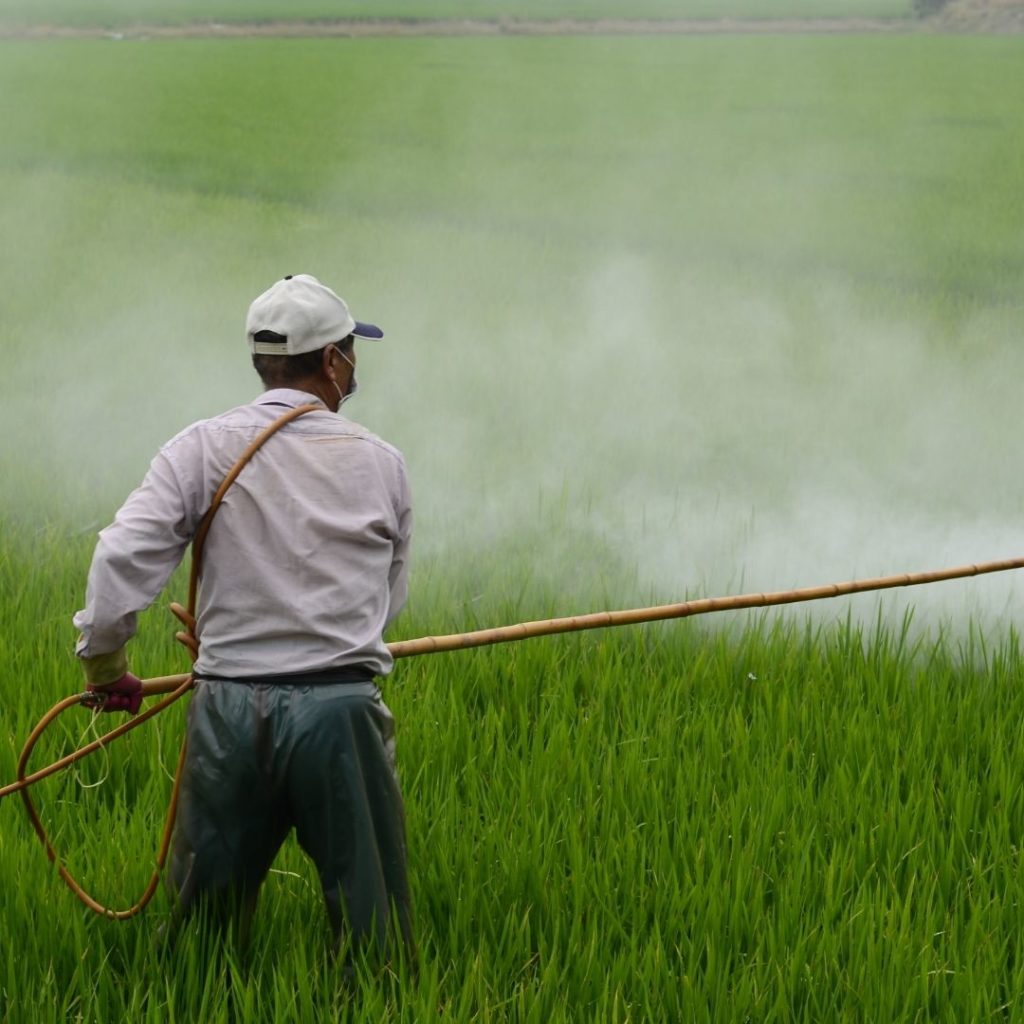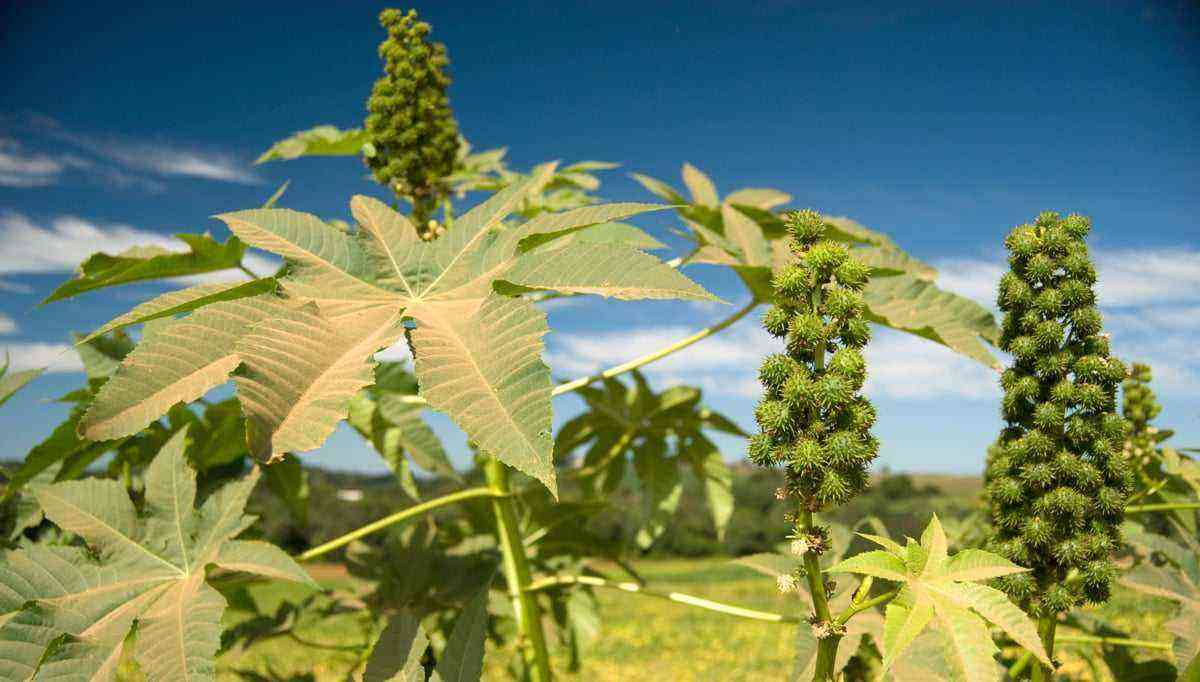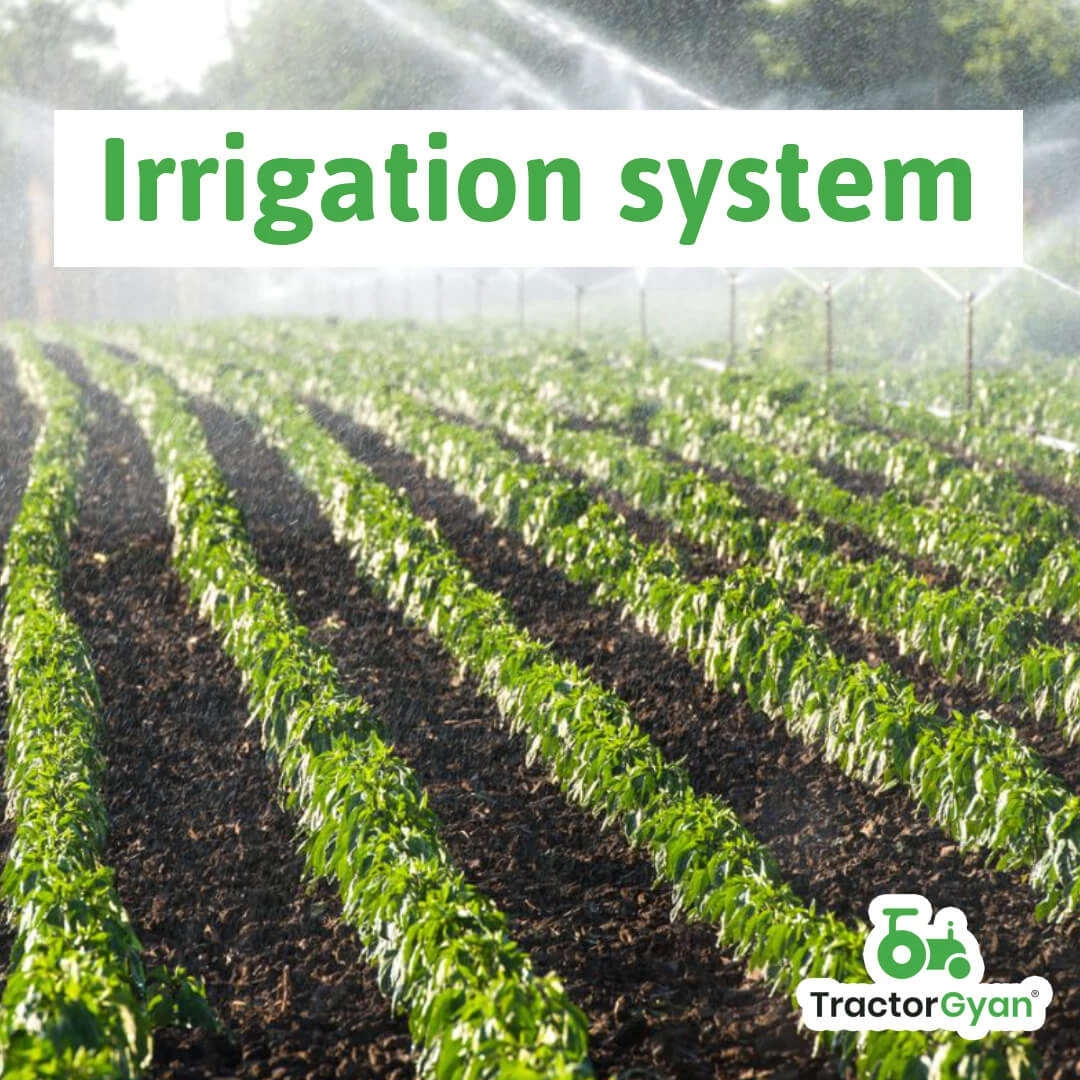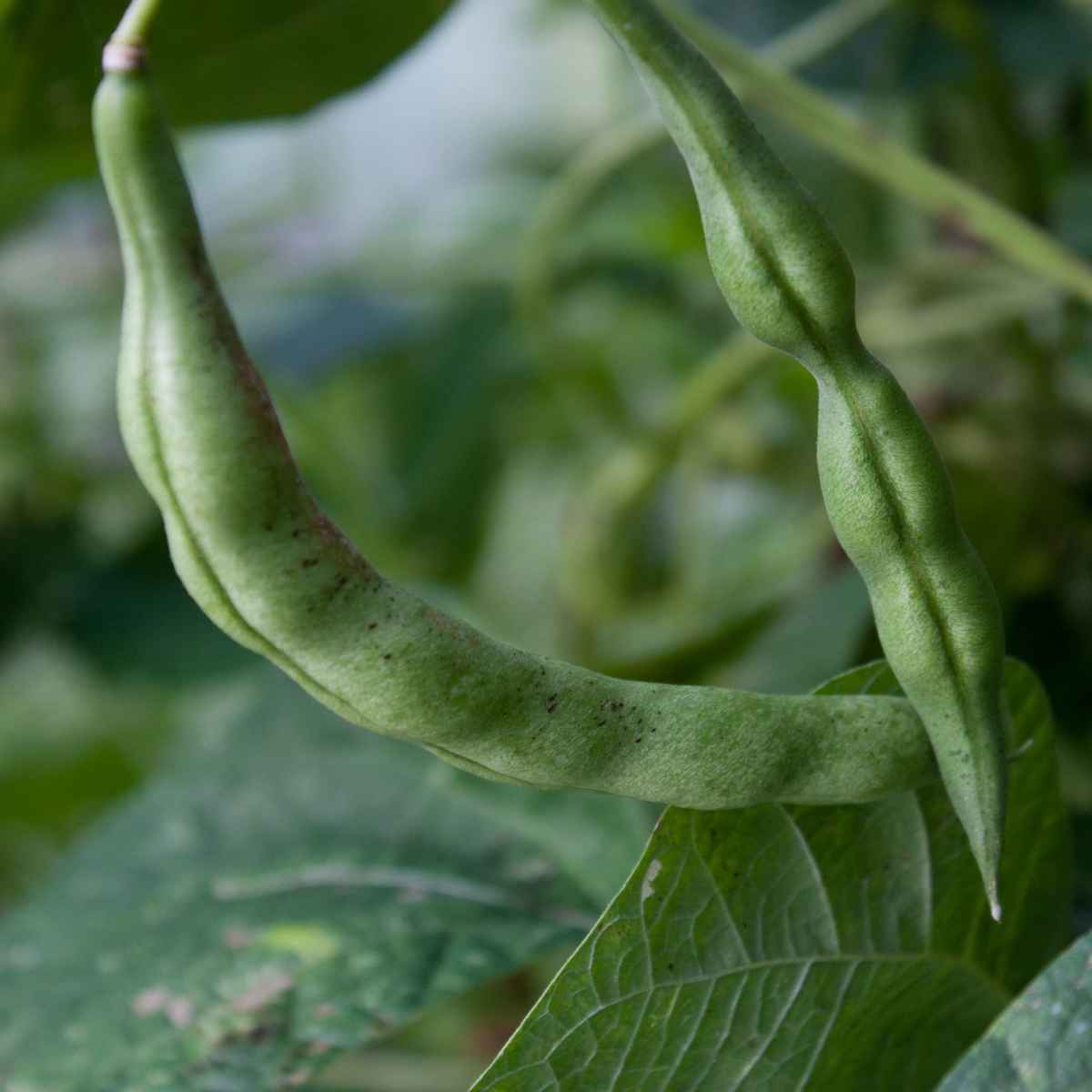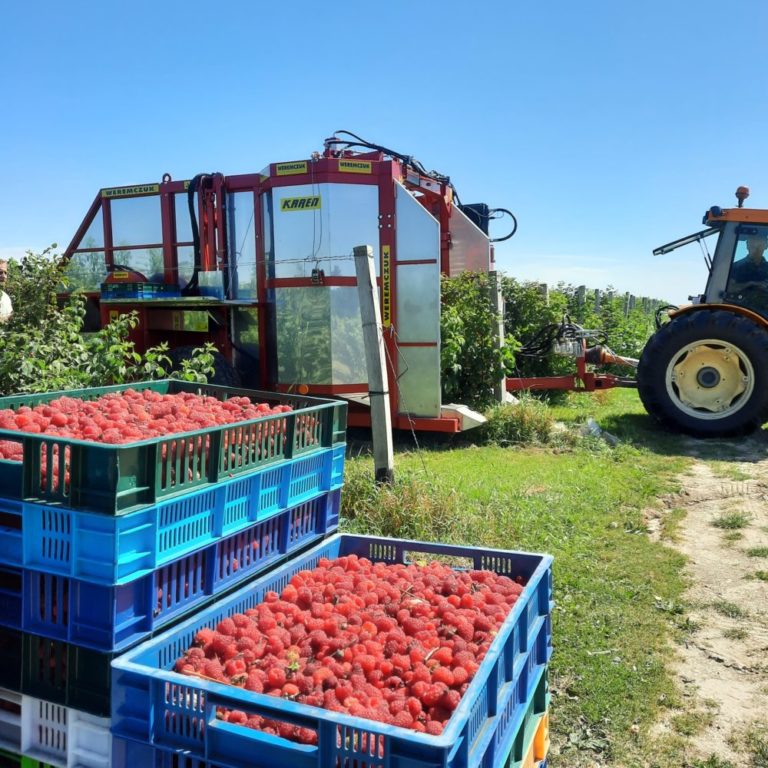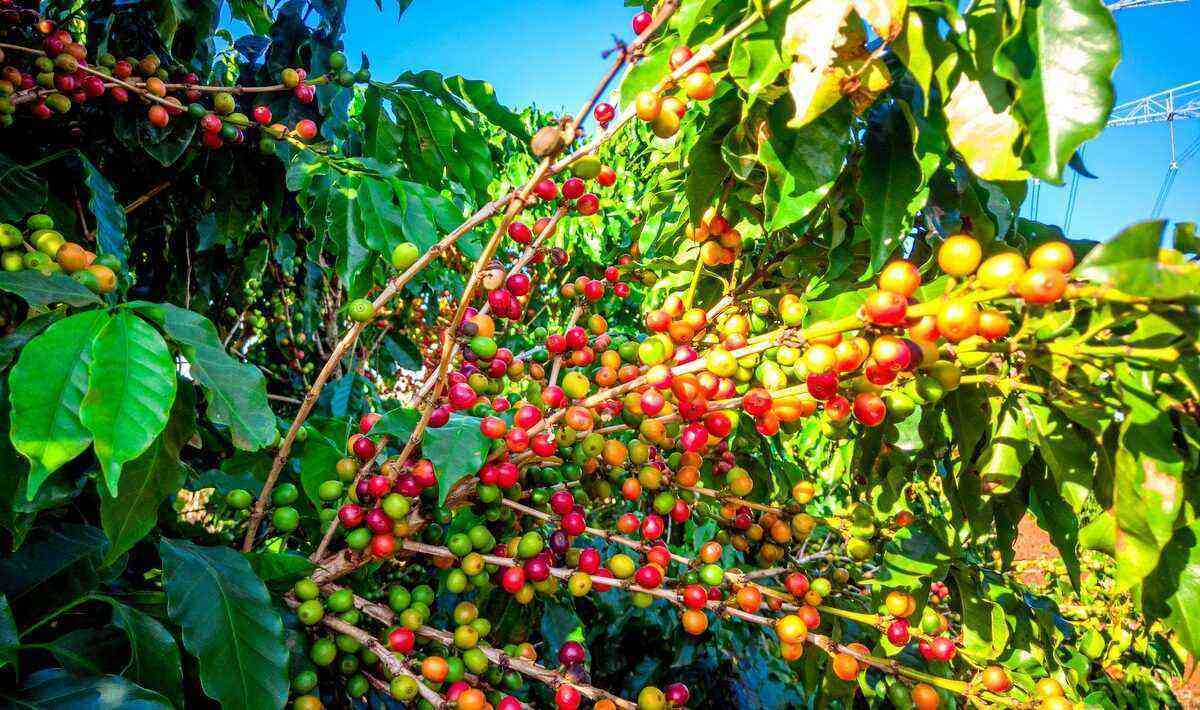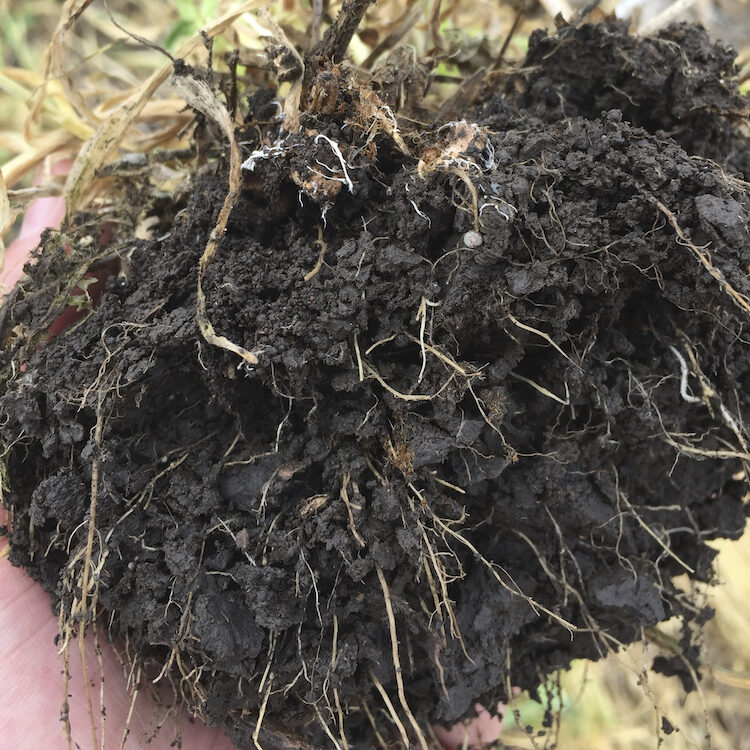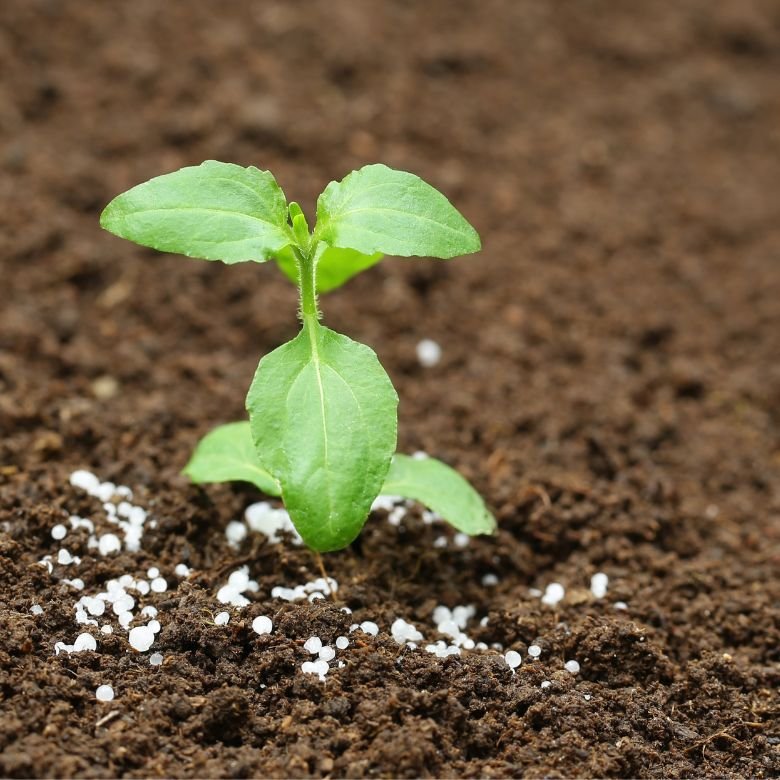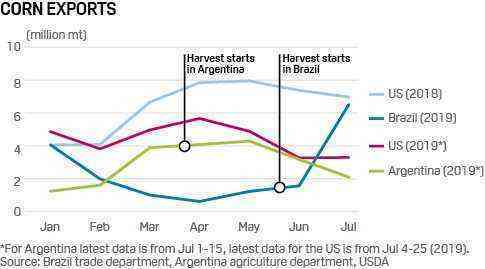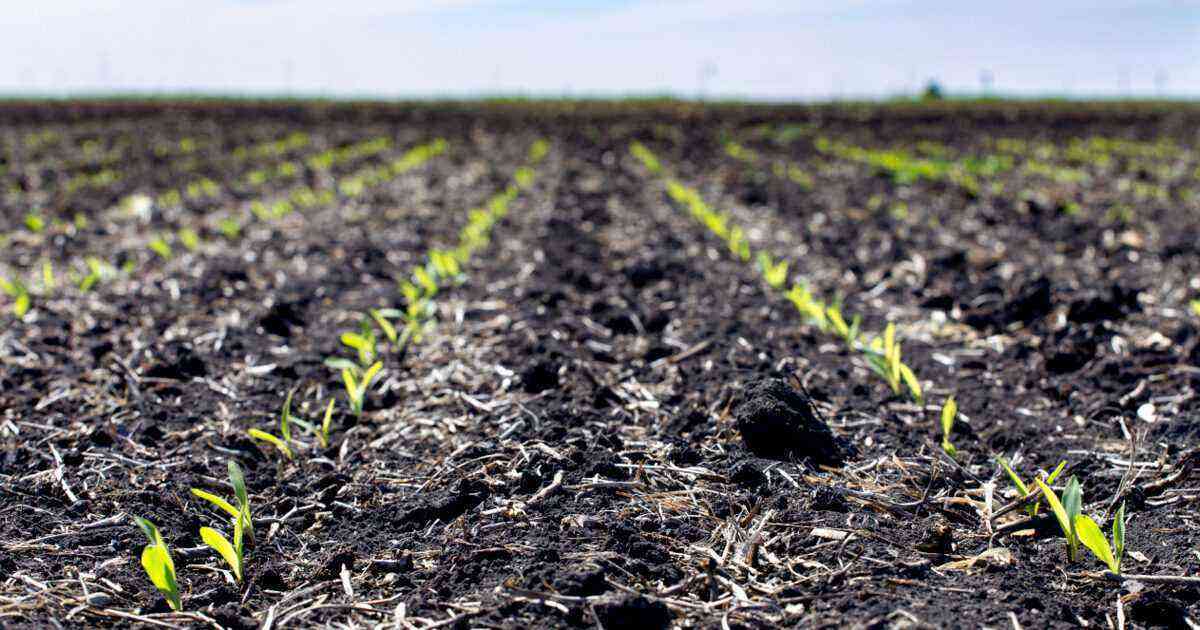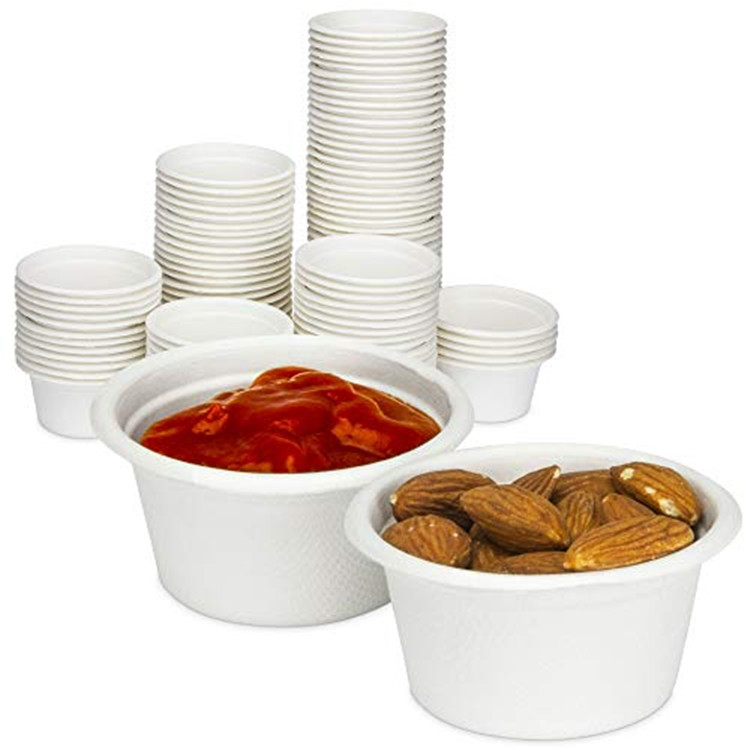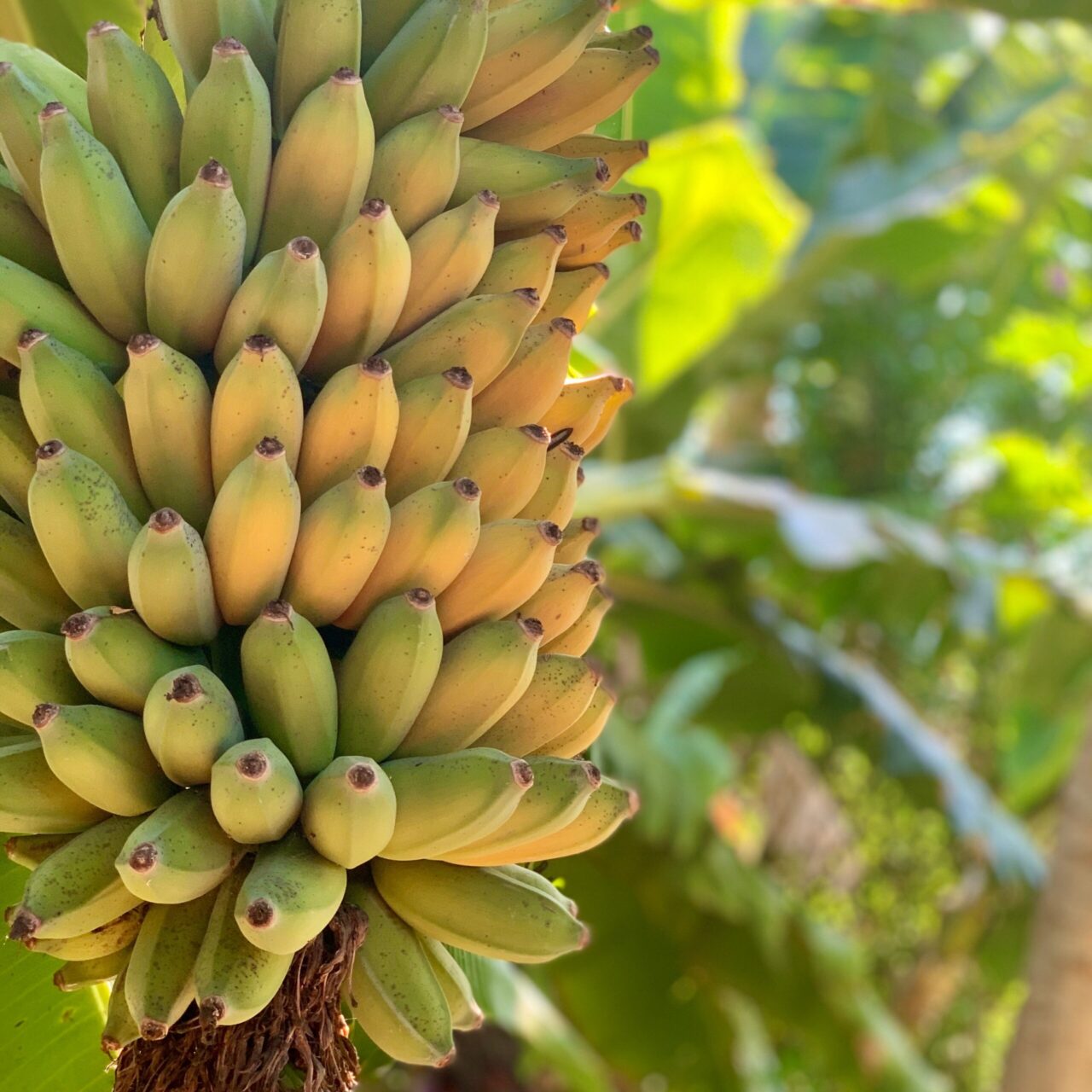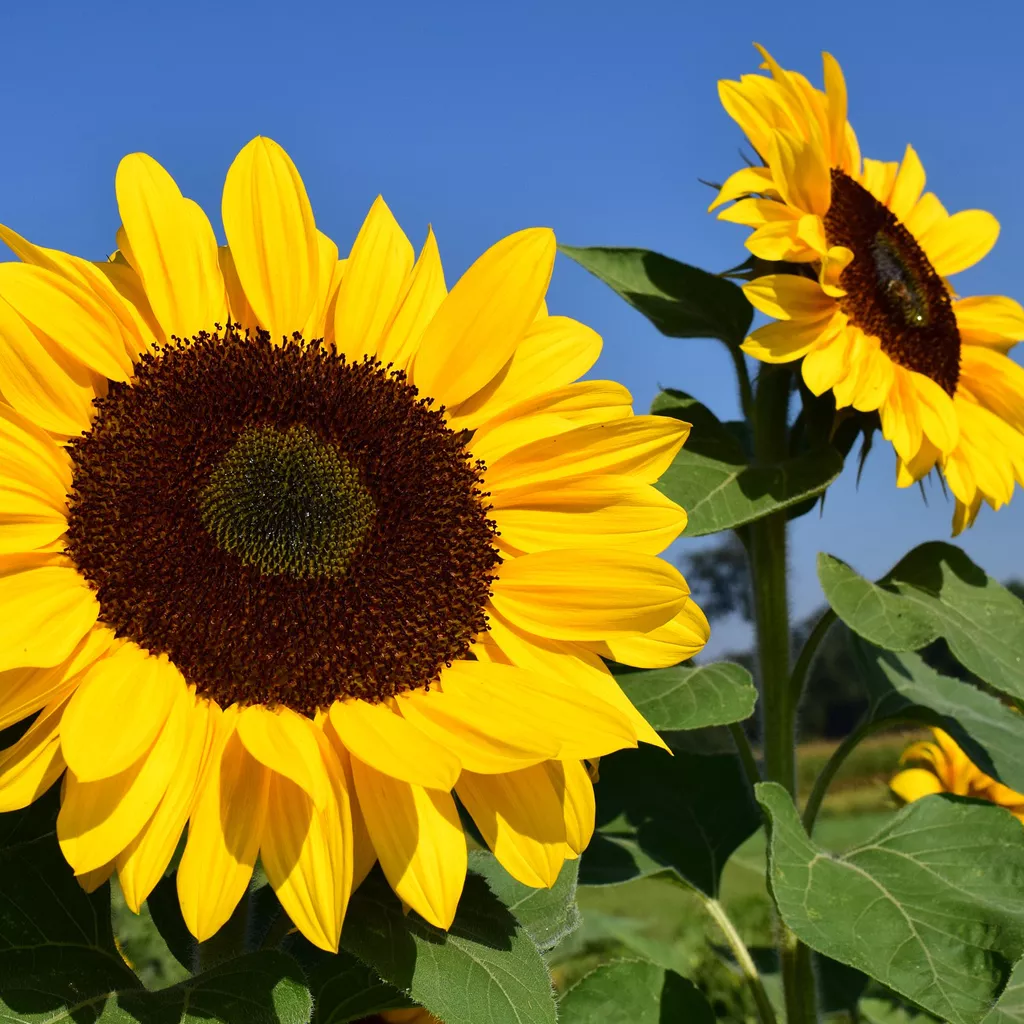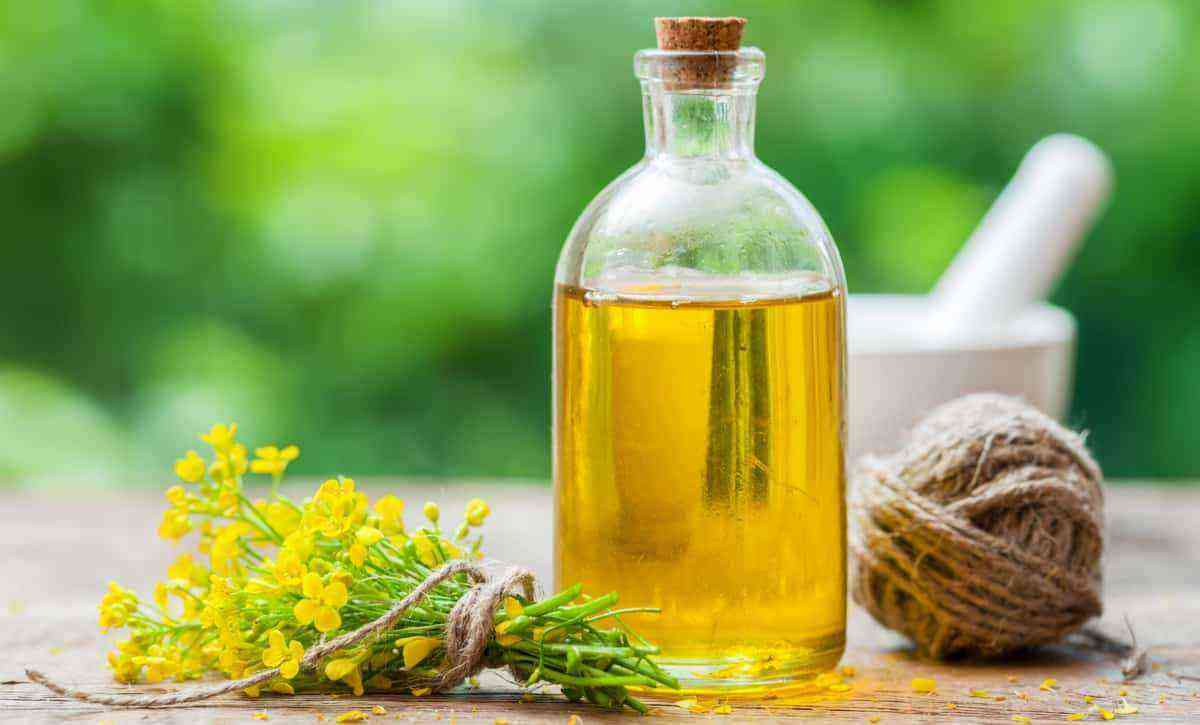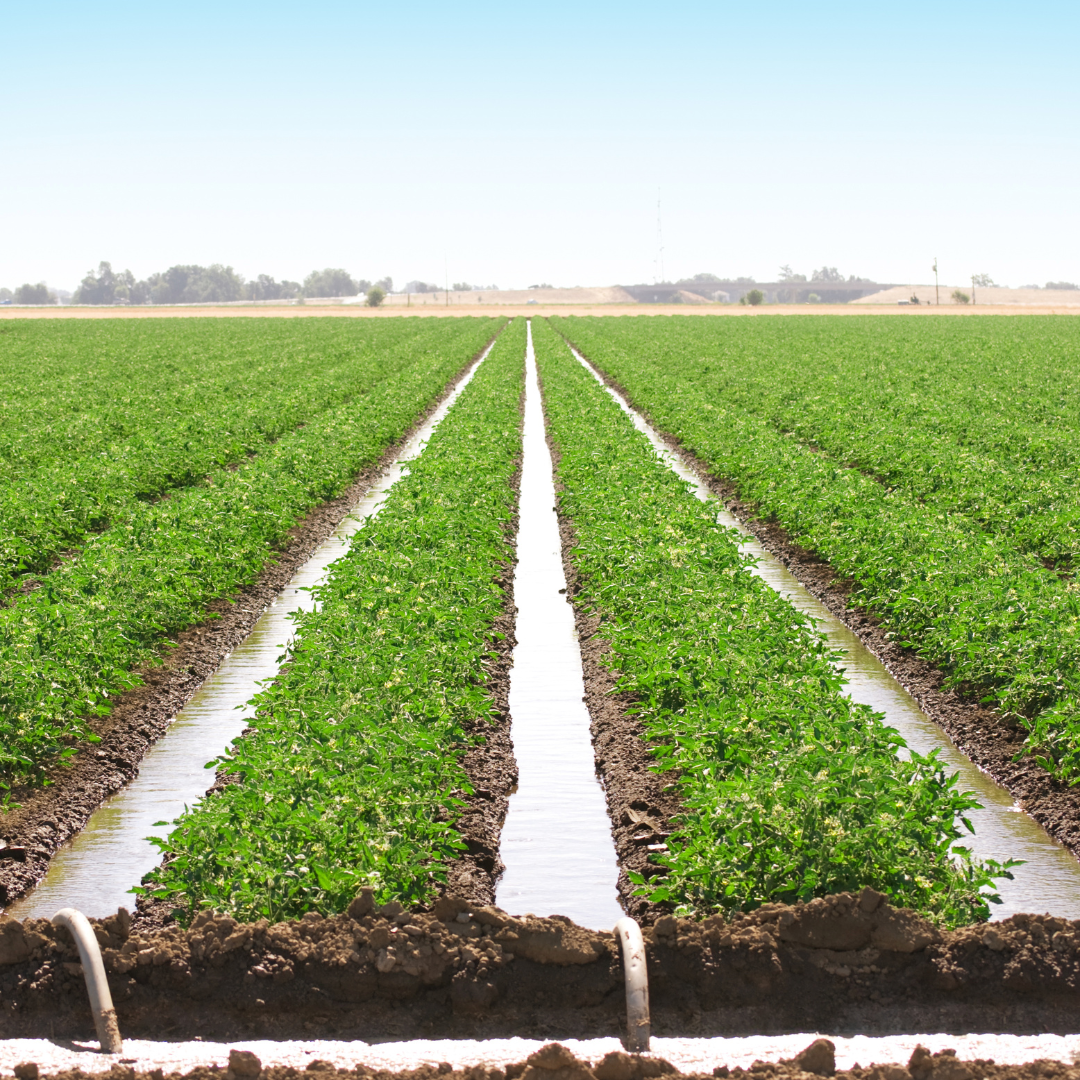In Brazil there are different types of soil. This is due to the influence of very old formations that were different.
The formation has to do with the decomposition of rocks over thousands of years, turning into very small fragments until composing the soil we know today.
These formations gave rise to four types of soil: terra roxa, alluvial, salmon and massapé. However, they are not all suitable for planting, mainly due to the amount of nutrients that each one has.
That is why it is so important to know the types of soil for agricultural planting. Interested and want to know more about it? So keep reading this post!
What are the precautions to prepare the soil for planting?
As we said above, there are some types of soil. It is possible to start large plantations, but for that, it is necessary to take some care. Always keep in mind that each soil needs different attention, because some have less nutrients, others are more humid, etc.
Anyway, you must know the type of soil you have for agriculture and adapt it. With that in mind, here are some precautions needed to prepare the planting area!
Correct according to soil types
Each soil has different biological, chemical and physical levels for planting, so the first step is to correct them. The correction is made to reduce acidity and saturated bases, which are directly linked to soil fertility.
Through soil analysis it will be possible to make the necessary corrections for a good planting.
For this, it is necessary to take some soil samples and send them for analysis, in order to identify the types of corrections needed, liming or plastering.
Liming and plastering consist of the application of substances necessary to increase the level of calcium and sulfur, in order to have a soil with greater absorption of nutrients, before planting.
In this case, look for a specialist, as only he will be able to prescribe the most suitable for the types of soil. If you need to use both patches, don’t worry, they can be applied together.
correct the topography
Another important point that has to do with the preparation of the planting area is the correction of the slope of the types of soil.
In areas with high levels of slope, erosion and flooding are common, which can cause serious damage to agriculture. In addition, there is a risk of polluting rivers and soils with pesticide residues used in farming.
No video below, check out how the contour seeding technique can reduce water and soil losses by erosion by 50%:
Source: Embrapa.
Correcting the topography is so important because having a suitable land for planting crops needs to be the basis for agricultural production.
For this, there is a technique that is widely used, known as mulching vertical. It consists of making furrows approximately 40 centimeters deep and placing straw in these holes, which reduce the impact of the slopes of the land.
This technique levels the soil to receive the planting. If you want, there are other ways to do this: using tractors with blades or even leveling with hoes and rake.
Pay attention to turning over soil types
This is one of the techniques used for soil preparation, which consists of inverting the layers with the help of a plow.
It is a great option, as long as no-till is used, as, as a consequence, it can generate increased acidity and soil compaction, which results in major problems in the crop.
If you really need to turn over, use the plow and do it carefully, so you can maintain the quality and nutrients in the area.
Soil turning must be done very carefully, depending on the types, so as not to compromise nutrients, as is the case with carbon previously protected from the attack of microbial biomass.
What are the good fertilizing practices in soil types?
The climate in our country influences the types of soils, that is, tropical and subtropical climates affect the amount of nutrients. Thus, it is necessary to apply good fertilization practices to replace and improve crop growth.
We can divide them into mineral fertilizer, used to replace nitrogen, potassium, phosphorus (NPK) and ammonium sulfate; and organic manure, mainly manure, green manure, food waste and everything that decomposes.
One of the best practices for soil types is green manuring. In addition to being low cost, this type of soil fertilization is used to improve the previous points we talked about.
In this way, it manages to supply everything the soil needs, including replenishing the NPK. This technique consists of using plants, such as legumes, to supply these nutrients.
The use of mineral fertilizer in the soil guarantees a faster replacement of nutrients.
Some plant species bond with nitrogen-fixing bacteria that are in the air. In this way, they transfer nitrogen to the vegetation, mainly to the roots.
In addition to replacing this chemical component in an organic way, there is the stimulation of mycorrhizal fungi, which play a very important role in fertilization: they increase the absorption of nutrients and water by the roots.
Remember that regardless of the types of fertilizer, it is important to sample the soil and identify what it needs, to avoid putting in more nutrients and fertilizer than necessary. This can compromise your entire crop.
What is the soil rest period and why is it important?
This period consists of letting some parts of the planting area rest so that it can recover and receive the next agricultural crop. This is important, as the soil can restore itself and maintain its quality.
There are two techniques that are focused on these rest periods: fallow e crop rotation. See each of them in more detail below!
fallow
The fallow technique consists of not using agricultural machinery or insecticides or fertilizers for soil recovery. It is a technique that prioritizes natural conditions, including the place of planting.
In this way, the focus is to avoid soil wear after planting crops by resting the space used, so that it recovers.
This rest does not mean that the area will be totally without a plantation. It is very common for farmers to plant other agricultural varieties to improve the area’s recovery. In this way, it is possible to increase the numbers of nutrients and decrease the diseases.
Crop rotation in soil types
Crop rotation aims to rest the soil. It is a very old technique that fell into disuse with the Industrial Revolution and the modernization of the countryside.
With crop rotation, the farmer will be allowing the soil to recover, returning nutrients to the soil.
However, seeing the benefits of rotation, it was used again. The crop rotation method allows the soil to recover as well, but in another way. The difference between it and the fallow is that there will always be planting of some culture in the place.
However, it must be a very different agricultural variety from the one that was previously cultivated, because, in this way, nature itself returns the nutrients removed by the previous crop.
What are the main types of soil?
As already mentioned, there are four types of soil. In this topic, we will present in more detail which are the main ones for planting.
Alluvial
Alluvials are formed by sediments that are carried by water and wind. Generally, they originate in valleys located between plateaus and plains, in addition to floodplains.
It’s not very fertile soil. However, the amount of nutrients can vary because it depends on the level of degradation of the rocks and also on the type that exists in the region.
If the place receives frequent rains and has good vegetation cover, it is more fertile.
One of the types of soil is alluvial, which is usually very rich in nutrients. But, it depends on the amount of rain and the existing vegetation in the area.
Now, if it is an arid place with a lot of erosion, the soil becomes quite poor in nutrients, not being very suitable for planting, although it is possible to adapt the area for this purpose.
Massapé
This type of soil is widely found on the coast of the Northeast. It has a clayey texture and very dark tones, leaving the earth almost black.
It is formed by the sediments of limestone, gneiss and other rocks that make up the northeastern coast. Massapé is also known as humiferous soil, rich in nutrients and with a high concentration of organic material.
Despite being excellent for planting, it is a terrain that requires more work, since its texture varies with time.
In periods of rain it becomes very wet and sticky. In periods of drought, the soil becomes more rigid. One of the most cultivated crops in this type of soil is sugarcane.
In fact, a study carried out by Embrapa showed that sugarcane, due to its rusticity, has adapted well to different types of soils.
But, if the producer aims to obtain high yields, he must choose the type of soil most appropriate to the requirements of the crop.
whiting
The salmon soil is composed of granitic rocks and gneisses with light shades. Among the types of soil, it is found in the Midwest, South and Southeast regions. It is a more sandy land and has low fertility, in addition to having slightly higher acidity levels.
In this sense, if the farmer has this type of area for planting, the ideal is to prepare the land well before starting any type of crop. Remember to hire an expert to do the soil assessment.
Purple Earth
Purple earth is one of the most popular types of soil. It has volcanic origin, from basaltic rocks. It has this name because, at the time of the coffee plantations, the Italians called it terra rossa.
Due to its great fertility, purple lands are suitable for planting crops such as corn.
As the phonetics were similar to purple, this was the name given to this type of soil. However, its color is reddish.
It is excellent for planting grains such as corn, soybeans, wheat and coffee. It can be found with great ease in regions of the states of Minas, Goiás, São Paulo and Mato Grosso.
Conclusion
Therefore, as we showed above, the ideal for planting is fertile soil, rich in nutrients such as calcium, magnesium, phosphorus and potassium.
But, as there are different types, the farmer must pay attention to the necessary corrections and make the most of each of their characteristics.
In this way, it is always good to evaluate each case, performing the necessary analyzes so that it has the amount of nutrients sufficient for the development of crops and the success of the harvest.
We are sure that this information will be very useful for you who work with Agriculture.
If you would like to know more about soil types, check out our article on intercropping, how it works and its benefits.
